Joisted Masonry: Construction Guide
Joisted masonry is a construction method that uses fire-resistant walls made of materials like brick or stone, combined with wooden floors and roofs....
4 min read
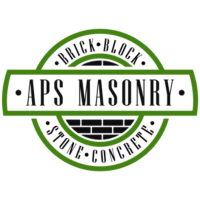 Alec Serowatka
:
Dec 14, 2023 8:47:08 AM
Alec Serowatka
:
Dec 14, 2023 8:47:08 AM
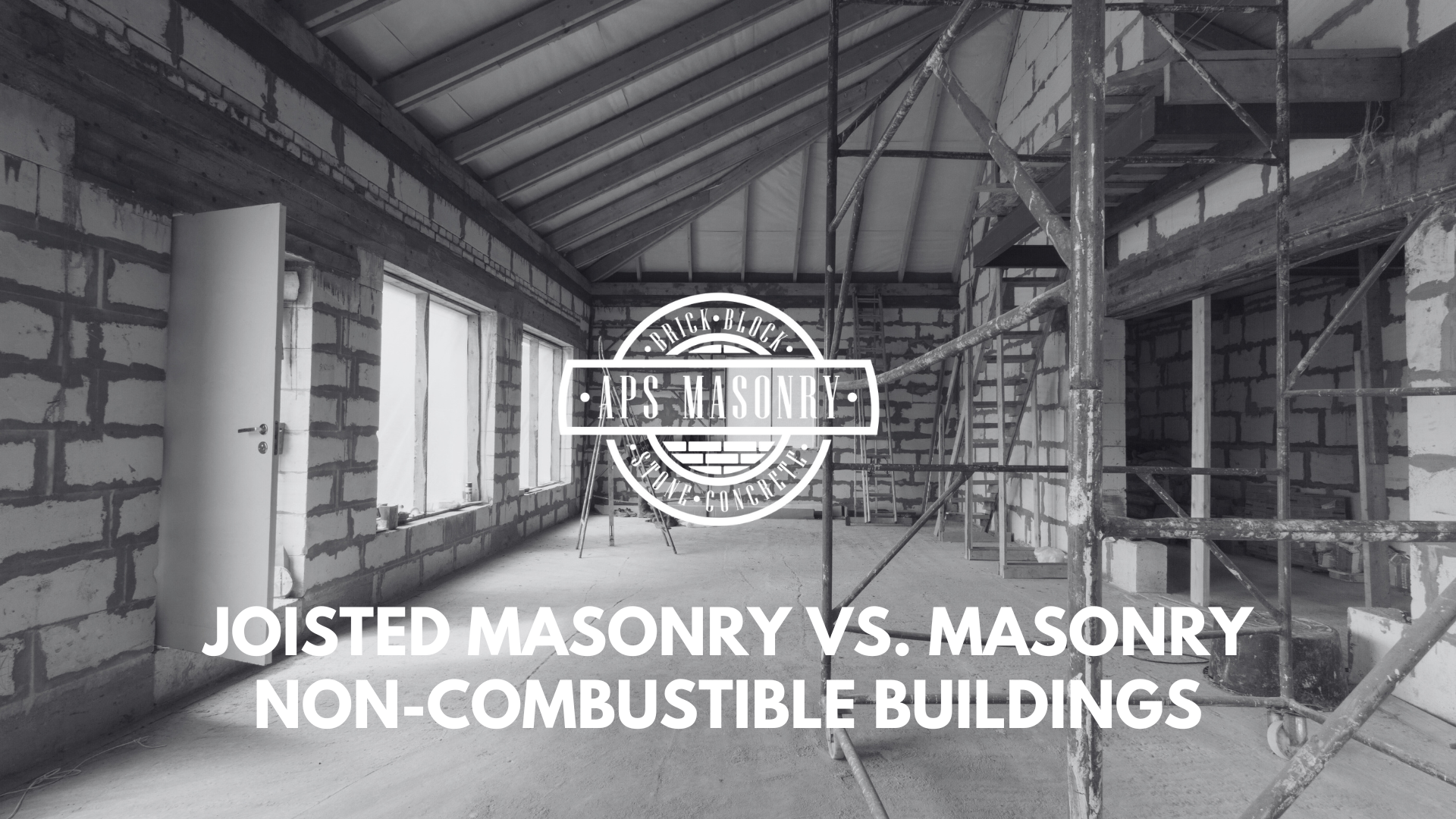
When you are constructing a commercial building, it's important to choose the right type of construction based on your needs. Joisted Masonry, which uses durable masonry walls and wood or steel for floors and roofs, offers cost efficiency and moderate fire resistance. This makes it suitable for a range of buildings like schools and shops.
On the other hand, Masonry Non-Combustible construction uses materials like concrete and metal throughout, providing higher fire resistance and greater durability. This is a very good option if you prioritize safety and long-term savings on maintenance and insurance. Understanding these differences helps you make a strategic decision that aligns with your business needs and improves the safety and longevity of your property.
Joisted Masonry construction is defined by its use of masonry materials such as:
A notable feature of this construction type is the combination of masonry elements with combustible materials for exterior walls of masonry and floors and roofs made of combustible materials like wood. Adding a degree of fire resistance also introduces combustible elements into the structure.
Although masonry elements enhance fire resistance and structural stability, combustible materials can accelerate the spread of fire and heat during an incident, which may lead to building instability. Hence, it is crucial to comprehend the effects of these combustible elements when contemplating Joisted Masonry construction for your commercial property.
On the other hand, Masonry Non-Combustible construction is characterized by using slow-burning or non-combustible materials for floors and roofs supported by load-bearing masonry exterior walls. This makes masonry non-Combustible buildings particularly resilient, offering enhanced protection against fires and ensuring overall safety for structures and inhabitants.
Buildings with exterior walls classified as Type 2 and Type 3 require non-combustible exterior walls constructed of:
This style of construction, marked by its exceptional fire resistance and structural stability, provides a sturdy solution for commercial properties across diverse sectors.
Choosing between Joisted Masonry and Masonry Non-Combustible construction types comes down to understanding their differences in fire resistance, structural stability, and insurance implications.
Joisted Masonry buildings feature exterior masonry walls with floors and roofs made of combustible materials, offering moderate fire resistance, typically around one hour. In contrast, Masonry Non-Combustible constructions use non-combustible materials like concrete and metal throughout, resulting in higher fire resistance and increased safety. This makes Masonry Non-Combustible a better choice for businesses that prioritize fire safety and structural durability.
The construction type of a building significantly impacts insurance rates and coverage. Masonry Non-Combustible buildings often benefit from lower insurance premiums due to their reduced fire risk and greater durability. On the other hand, Joisted Masonry buildings, with their mixed use of materials, may face higher premiums depending on factors like building use, location, and implemented safety measures.
While both construction types offer various insurance options, Masonry Non-Combustible buildings align well with policies such as property and business interruption insurance due to their high safety profile. Joisted Masonry buildings might require broader insurance coverage due to their use of combustible materials.
To illustrate the practical implications of choosing between Joisted Masonry and Masonry Non-Combustible constructions, let's consider real-world applications of these construction types.
Joisted Masonry buildings are commonly found in:
In contrast, examples of Masonry Non-Combustible buildings include:
By examining these real-world applications, we can better understand the practical implications of choosing between Joisted Masonry and Masonry Non-Combustible constructions for commercial properties.
Selecting between Joisted Masonry and Masonry Non-Combustible construction types involves considering several critical factors related to building use, occupancy, and location.
Location Considerations: The geographic location of a property can play a big role in determining the best construction type. Areas prone to wildfires, earthquakes, or extreme weather favor Masonry Non-Combustible buildings due to their superior fire resistance and structural integrity. While regional trends vary, the primary location considerations include fire-resistance ratings, building materials, and overall resilience.
Building Use and Structural Needs: The intended use of a building impacts the choice between these construction types. Joisted Masonry suits commercial applications where flexibility and affordability are priorities, while Masonry Non-Combustible is more suited for properties needing robust, non-combustible materials for enhanced safety and longevity.
By evaluating these factors, property owners can choose the construction type that aligns with their needs, ensuring safety, cost-effectiveness, and regulatory compliance.
Understanding the differences between Joisted Masonry and Masonry Non-Combustible constructions is essential for making an informed decision for your commercial property. These construction types differ greatly in fire resistance, structural stability, and insurance impacts. Generally, Masonry Non-Combustible buildings provide higher fire resistance and can lead to lower insurance premiums compared to Joisted Masonry structures.
Selecting the right construction type isn’t a one-size-fits-all process. It involves careful evaluation of factors like location, building use, occupancy, and insurance requirements. By grasping these nuances, you can choose a construction type that aligns with your needs, prioritizing safety, cost-effectiveness, and long-term durability.
Consult with experts who understand the intricacies of both construction types. Visit APS Masonry Contracting to discuss your project needs and make sure that your property is built to last with optimal safety and cost efficiency.
Joisted masonry is not non-combustible, as the floors and roof are combustible materials such as adobe, brick, concrete, gypsum block, hollow concrete block, stone, tile, or similar materials.
Non-combustible construction comes in two varieties: Type I and Type II. Type I typically includes concrete construction with a high level of fire resistance. At the same time, Type II features steel construction with or without fireproofing and offers lower fire resistance.
Joisted Masonry is a type of building construction with exterior walls of brick, concrete, concrete block, or stone. In contrast, Frame buildings are composed of combustible materials such as wood for their exterior walls, floors, and roofs.
Due to their concrete and steel construction, fire-resistive buildings provide greater fire resistance than Masonry-Non Combustible structures. Fire-resistive structures also better withstand the effects and spread of fires. By contrast, non-combustible buildings have tilt-slab or reinforced masonry walls and a metal roof. Still, they are less resistant to fire than Type I buildings.
The construction type of a building directly affects insurance coverage options, as Joisted Masonry construction typically requires general liability, workers' compensation, commercial auto, Inland Marine, and builders' risk insurance. In contrast, Masonry-Non Combustible buildings usually need Property Insurance, Liability Insurance, Business Interruption Insurance, Equipment Breakdown Insurance, and Flood Insurance.
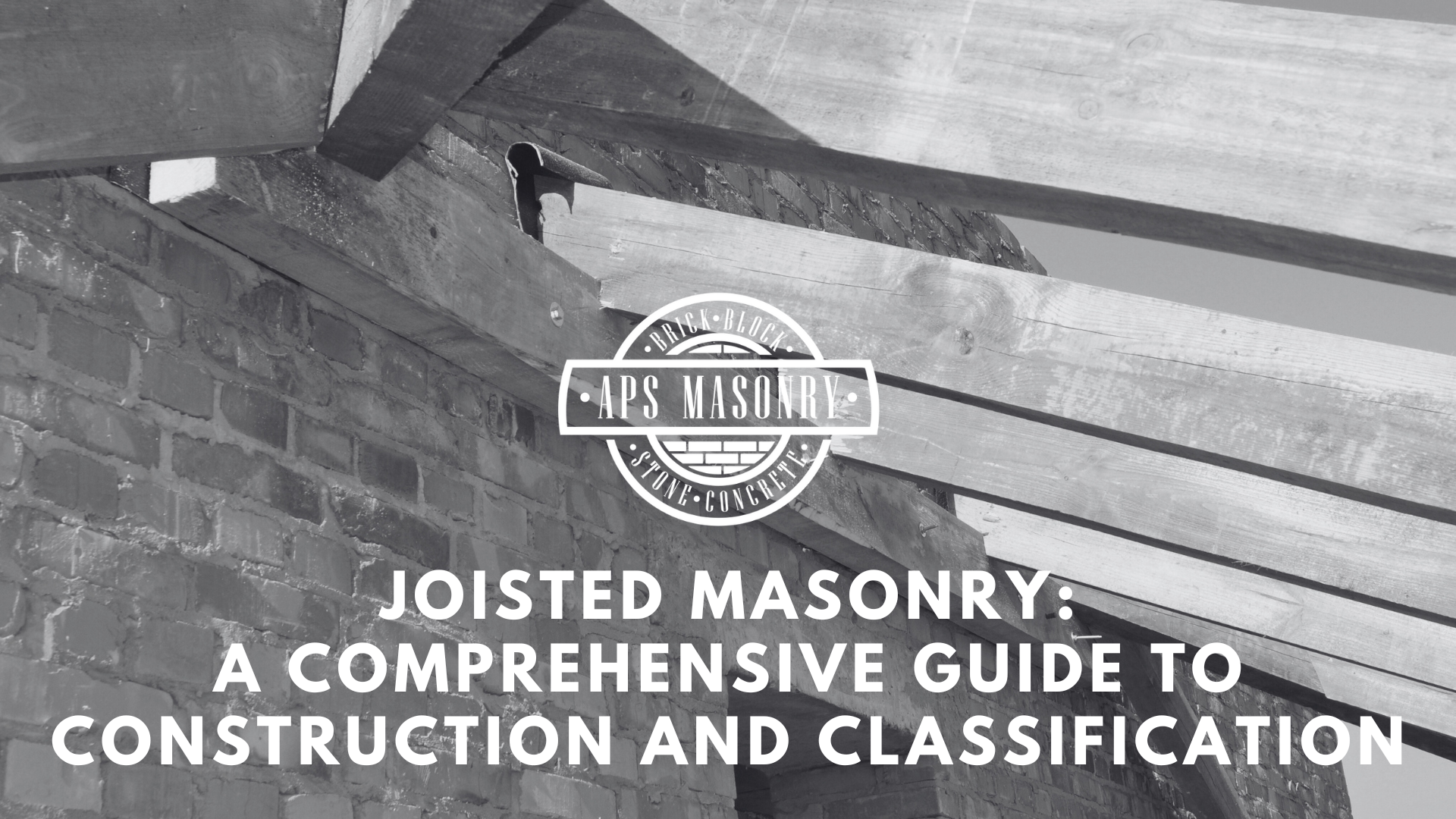
Joisted masonry is a construction method that uses fire-resistant walls made of materials like brick or stone, combined with wooden floors and roofs....
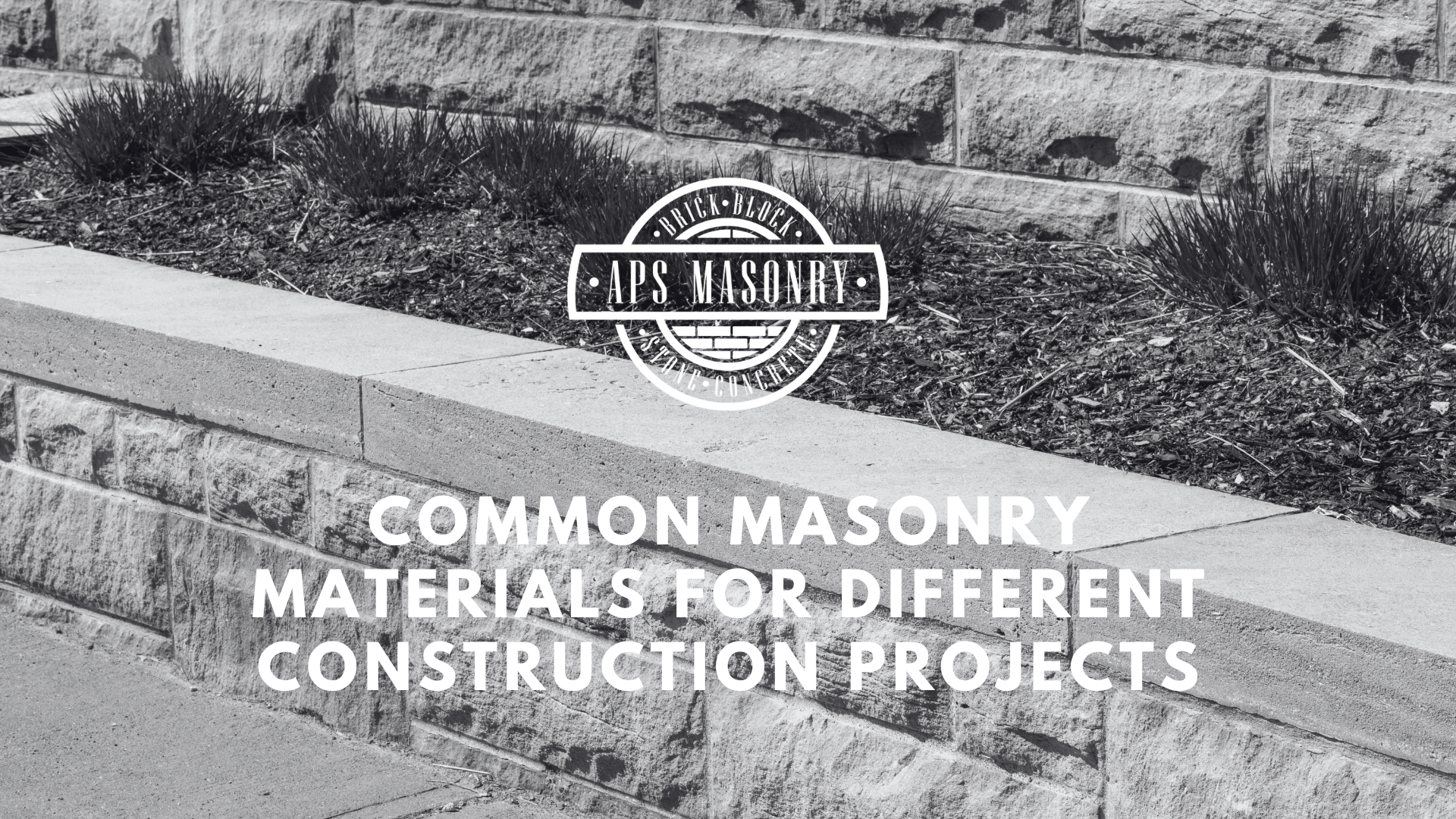
Choosing the right masonry materials is important in guaranteeing a project's durability, strength, and overall success. Masonry work is a technique...
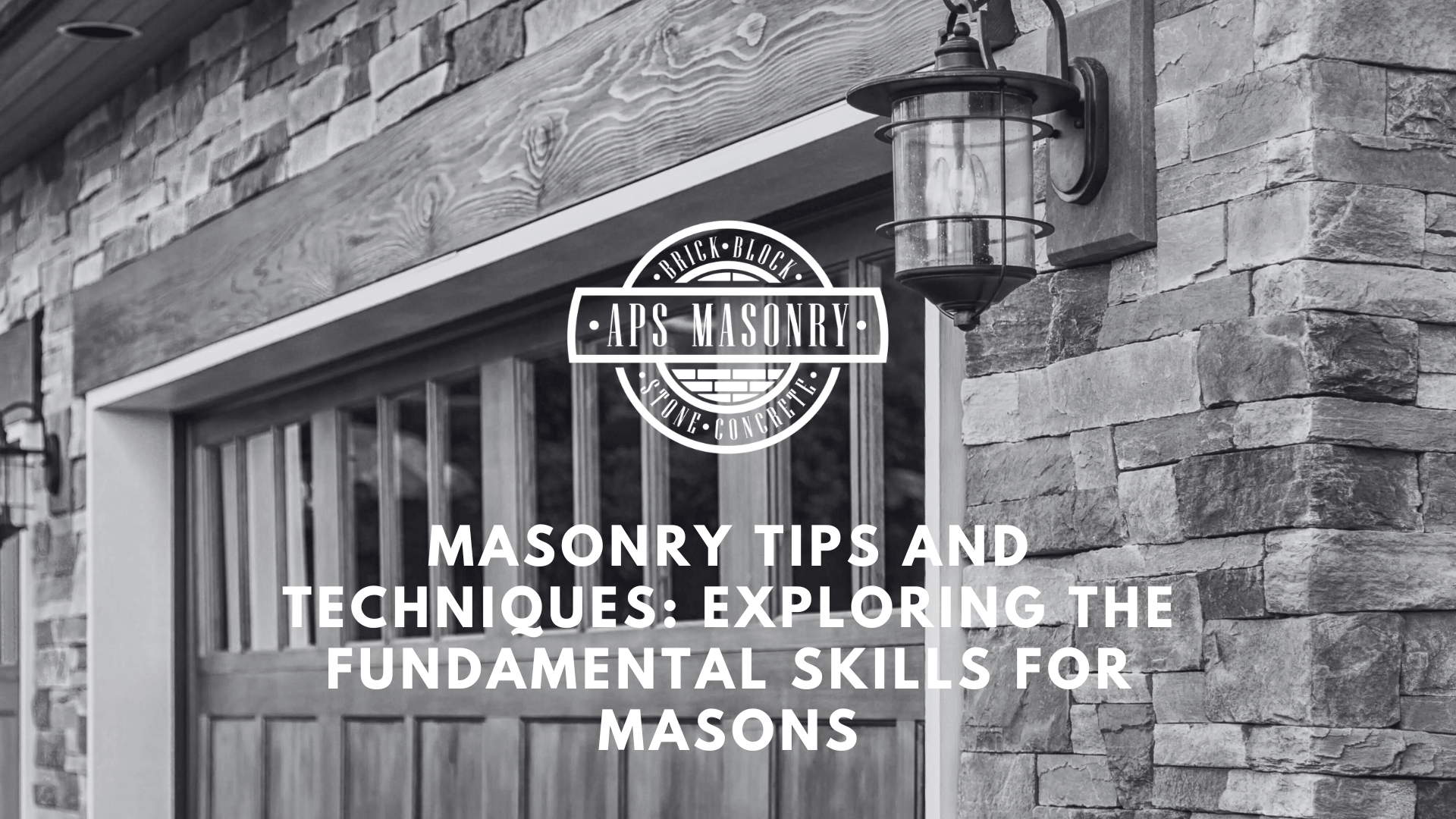
Mastering masonry involves techniques for laying bricks, stones, and blocks with mortar to create stable, aesthetically pleasing structures. Key...